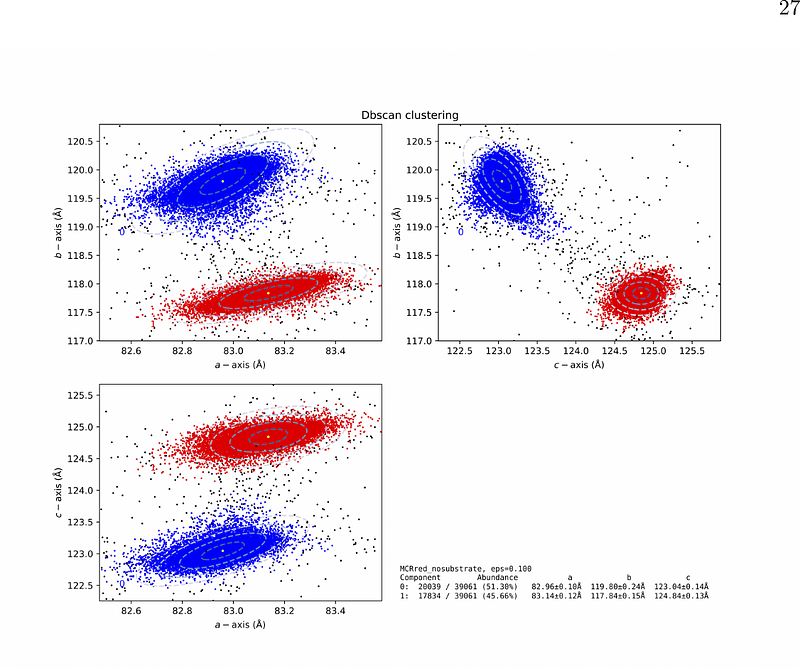cctbx.xfel: a suite for processing serial crystallographic data

cctbx.xfel: a suite for processing serial crystallographic data
Brewster, A. S.; Paley, D. W.; Bhowmick, A.; Mittan-Moreau, D. W.; Young, I. D.; Mendez, D.; Tchon, D. M.; Poon, B. K.; Sauter, N. K.
AbstractThe cctbx.xfel suite of processing programs and tools allows fast, visual analysis of serial diffraction images from synchrotrons and XFELs. Built on DIALS and cctbx, cctbx.xfel is designed for real-time and post-experiment processing with a fully featured graphical user interface. Users can quickly identify hitrates, view diffraction patterns, analyze unit-cell isomorphism using clustering, and merge data using a metadata tagging approach that allows on-the-fly organization and visualization of processing results. This paper describes the fundamental algorithms and command-line programs used by cctbx.xfel, including the two main program dials.stills_process, which performs spot-finding, indexing, geometric refinement, and integration, and cctbx.xfel.merge, which performs scaling, post-refinement, and merging. A discussion of merging statistics is presented and newer features are described, including random sub-sampling for indexing multi-lattice hits and{Delta} CC[1/2] filtering to remove outliers. Finally we show a complex, heterogeneous sample containing hexagonal and monoclinic isoforms in P63 and P21. The isoforms are separated by unit cell clustering, and for each isoform we resolve a (pseudo-)merohedral indexing ambiguity.